Deck & Commander Strategies

The Howling Abomination
Utilizes artifact ramp and aggressive creatures to apply pressure and disrupt opponents, leveraging speed and midrange threats to overwhelm others.
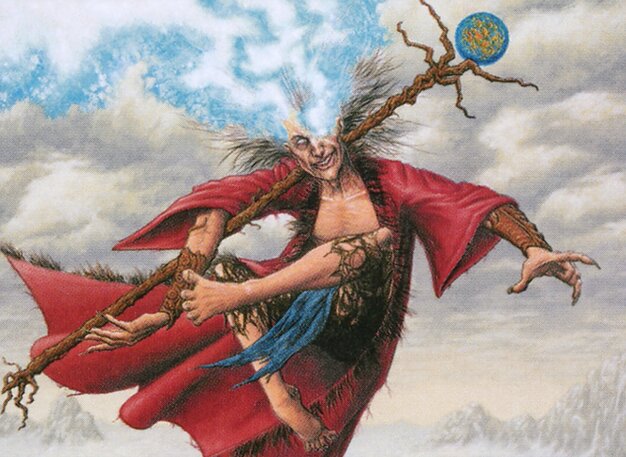
Zur the Enchanter
Focuses on enchantment-based control and utility, using Zur’s ability to tutor key enchantments to stabilize the board and provide incremental advantage.
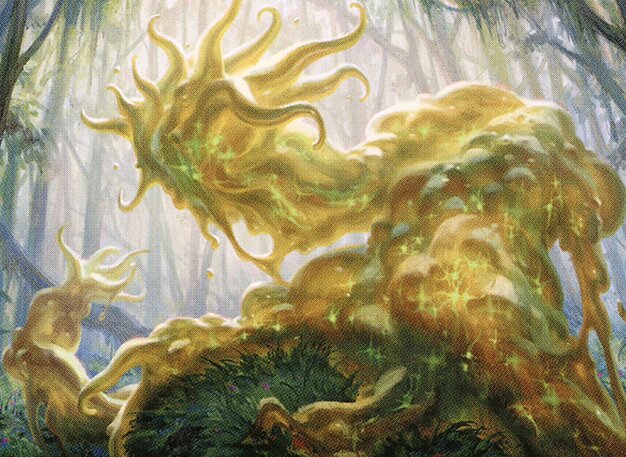
Aeve, Progenitor Ooze
Aims to build a creature storm by generating multiple Ooze tokens and leveraging synergies to flood the board with large numbers of creatures.
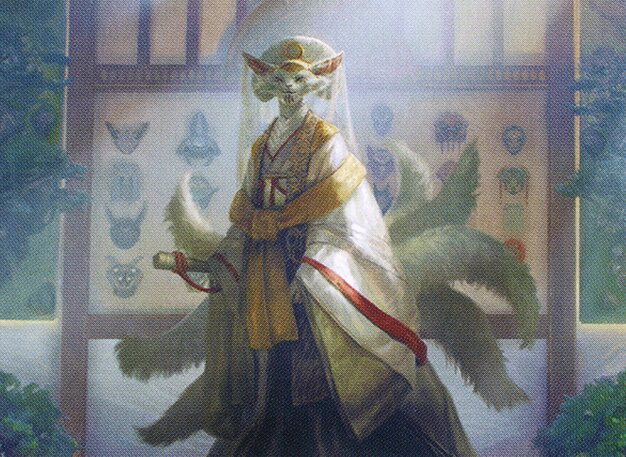
Light-Paws, Emperor's Voice
A tribal 'cutie' deck using efficient creatures and protective auras to build an aggressive, evasive board state that is difficult to remove.
Gameplay Insights
- 1
Light-Paws’ inability to respond to tutored creatures immediately allowed for seamless board development, making it a powerful tempo advantage.
- 2
Choosing whether to remove Serra Ascendant early was a critical decision point, as allowing it to grow unchecked could drastically shift the game balance.
- 3
The synergy between protection effects and tutoring in the Light-Paws deck created resilient threats that demanded focused removal.
- 4
The early fetch land life loss influenced players' decisions around aggressive plays and risk management.
- 5
Players maintained a balance between aggression and board control, with strategic targeting of creatures to prevent snowballing threats.
Notable Cards
-
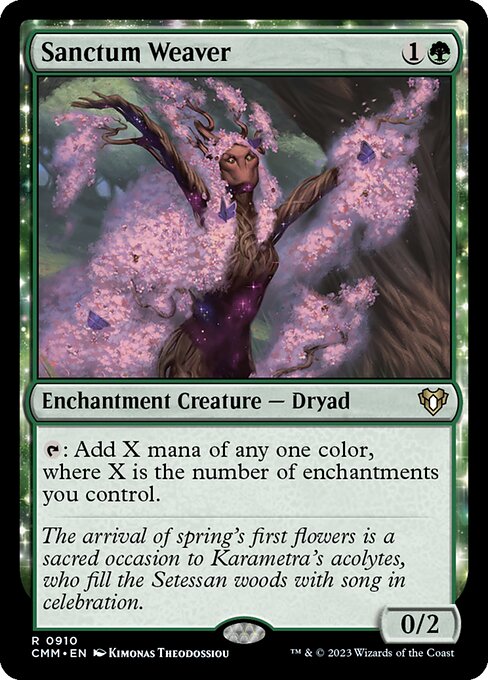
Sanctum Weaver
-
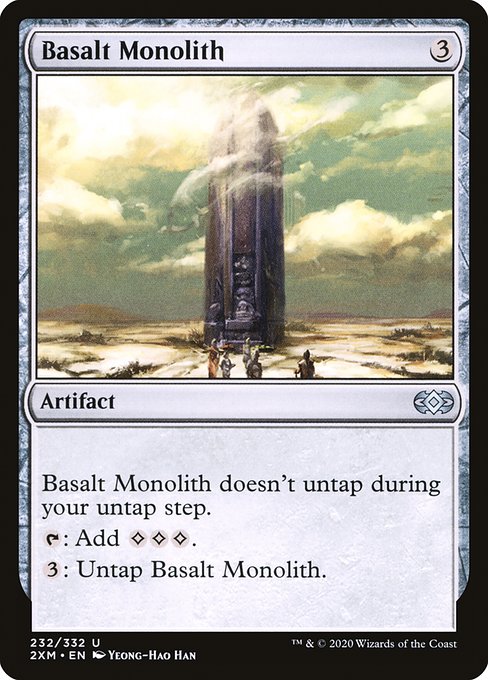
Basalt Monolith
-
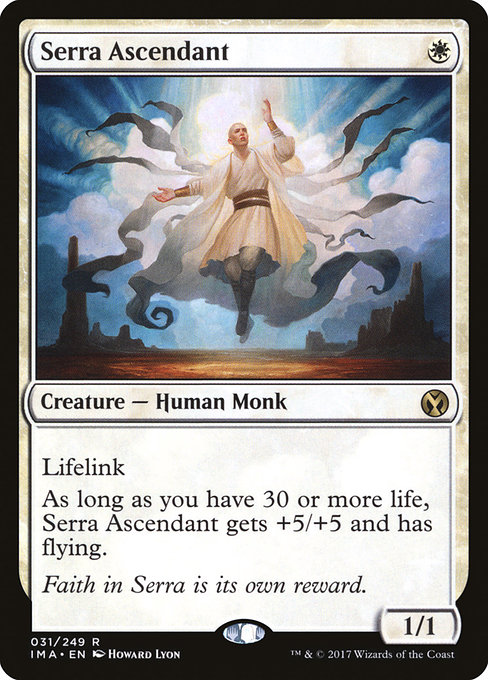
Serra Ascendant
-
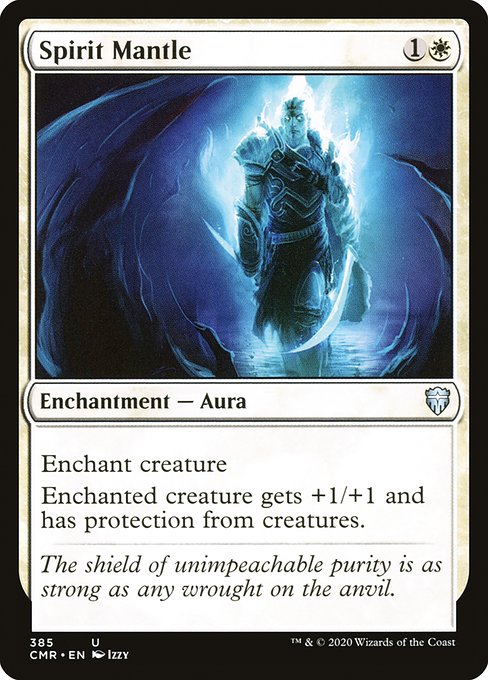
Spirit Mantle
-
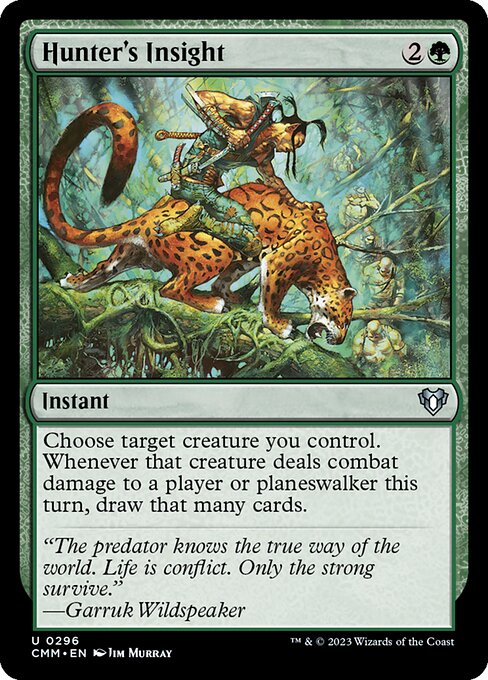
Hunter's Insight
Gameplay Summary
The game started with all players establishing their boards cautiously, with some early life loss from fetch lands and incremental development of their strategies.
The Light-Paws player quickly displayed aggressive potential by casting protection-granting auras and tutors to assemble a resilient board state.
Meanwhile, the Aeve, Progenitor Ooze player focused on creature storm synergy, aiming to generate a large board presence.
Zur the Enchanter’s player took a more control-oriented approach, deploying enchantments and defensive creatures, while The Howling Abomination’s player developed a mix of artifact ramp and midrange threats. A key turning point was when Light-Paws’ player used auras like Spirit Mantle and efficient creatures to become a significant threat, prompting opponents to consider removal options carefully.
The game featured moments of tension where players debated whether to remove pivotal creatures like Serra Ascendant to prevent explosive growth.
The interaction between protection effects, tutoring, and combat triggers created dynamic board states.
Ultimately, the game revolved around managing aggressive tribal synergies, protecting key creatures, and timing removal spells effectively to stay alive amid the mounting pressure from each deck’s unique threats.














































![Commander VS S14E6: Depala vs Zur vs Tasigur vs Jeleva [EDH] thumbnail](https://i.ytimg.com/vi/5ukCL9oaRww/sddefault.jpg)

![Commander VS S7E8: Wrexial vs Rakdos vs Zur vs Feldon [MTG] thumbnail](https://i.ytimg.com/vi/uShPuN5yal8/sddefault.jpg)

![Commander Vs Holiday Special: Rakdos vs Ertai vs Selvala vs Zur [MTG: Multiplayer] thumbnail](https://i.ytimg.com/vi/jx5xp9p9Vwc/sddefault.jpg)




